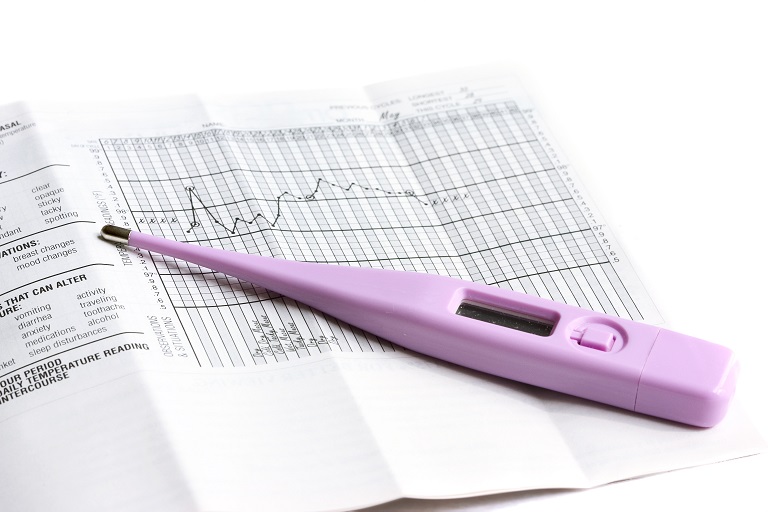
Maybe you are trying to create a baby and also you want to know when your attempts are least likely to be rewarded. Or maybe you would rather avoid creating a person and you are curious about how best to carry out that. The fact is that you can study quite a bit regarding your fertility by paying focus on clues the body provides you with about where you are in your cycle.
How your cycle works
The typical menstrual period, which runs an average of 28 days and frequently ranges from 25 to 45 days, begins with your period. Your period, also known as menstrual bleeding, is your body shedding your uterine lining. Every month this lining accumulates so that an embryo includes a cozy spot to grow in the event you do get pregnant. You bleed for a few days, sometimes up to a week, as your ovaries prepare to release an egg inside a process called ovulation. After ovulation, which generally occurs about midway through your cycle, your body prepares to sustain a pregnancy or your period to begin again.
Understanding fertility clues
You may become pregnant when viable sperm meets a practical egg, but understanding your fertility is much more complex . For many people’s bodies there is a rhythm towards the hormonal levels that control ovulation and menstrual bleeding. To be able to work out how it works in your body, you can track several clues during the period of your cycle.
The first and simplest clue to trace is the period. You realize when you begin bleeding and you may pay attention to if this ends. The 2nd clue that can help you understand your fertility is your basal body temperature—the temperature of your body when you initially wake up in the morning, but before you've gotten out of bed. Most people have a temperature less than 98˚F before ovulation, and better than 98˚F after ovulation, the answer is your temperature should increase the vast majority a degree after the body has released an egg. The 3rd clue that may provide a hint about where you stand inside your cycle is cervical fluid, that is released out of your cervix. You can check your cervical fluid by reaching inside your vagina or by inspecting toilet paper after using the restroom. The quality of your cervical fluid changes throughout your cycle and can be sticky, slippery, thick, wet, dry, or even absent.
When shall we be held least fertile?
If the egg doesn't meet a sperm for fertilization, it dies within Twenty four hours. But sperm can live inside your body for 4 or 5 days, in case your cervical fluid is slippery and wet. Thus your most fertile time may be the four or five days before your ovaries release an egg and also the day or two after. In many people the start of this fertile window is marked by an increase in slippery, wet cervical fluid. Many people also feel physical sensations—such as a pinch or a cramp—once the egg is released.
You are the least fertile when you are beyond the point in your cycle when your body has already released an egg. So if cervical fluid has dried out as well as your basal body temperature has grown, you have in all probability already ovulated. From 2 days after ovulation as much as your period starting again, it is very unlikely you will get pregnant, even if you do have unprotected sex.
How reliable are these fertility clues?
Fertility clues such as basal body temperature and checking cervical fluid can expertly predict your most and least fertile times, but only if you're diligent about checking them. If you don't check basal body's temperature every morning whenever you awaken or fail to pay attention to your cervical fluid, you could miss fertile signs. And thought many people with a 28-day cycle will ovulate around day 12, 13, or 14, that is not forever the situation. Many people ovulate later or earlier in their cycles and some people have longer cycles, which can shift the fertile window. If you want to avoid pregnancy, the best thing to complete is to use a back up approach to birth control during when you might be fertile or throughout your cycle.

